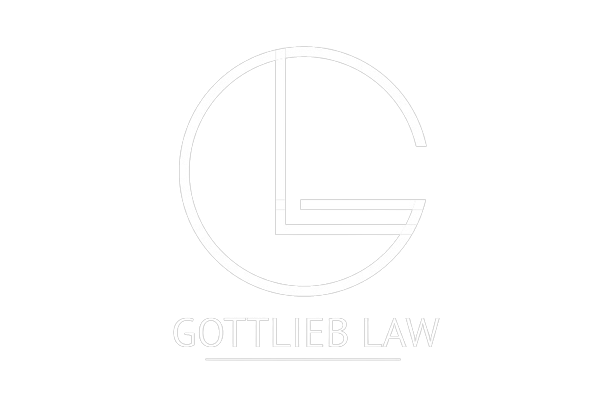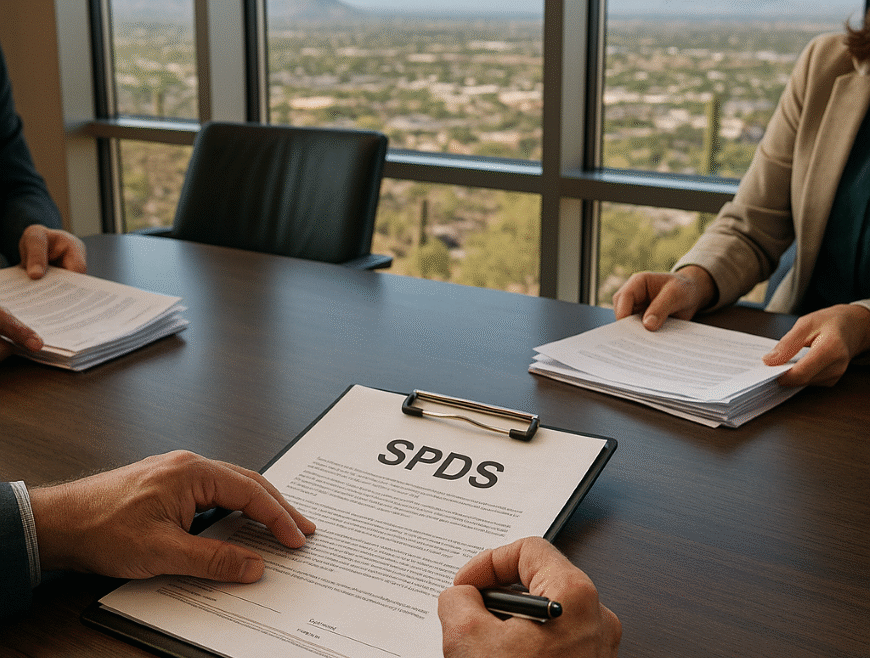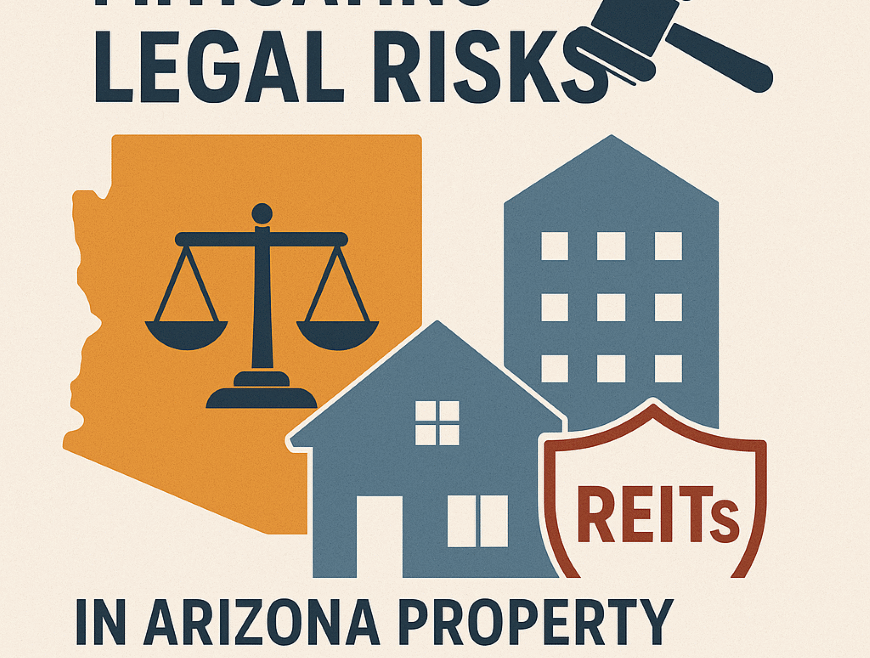Gottlieb Law, PLC provides this article for information purposes only and nothing herein creates an attorney-client relationship. You should not take any actions in reliance on any of the information contained herein without consulting with qualified legal counsel first and reading this article is not a proper substitute for seeking legal advice of your specific situation. Laws change over time and you should seek counsel to discuss any specific legal questions.
Arizona’s real estate market is always evolving, and staying ahead means knowing how new policies impact your home sale. The National Association of Realtors (NAR) recently introduced a delayed marketing policy aimed at giving sellers more control over how and when their properties appear on public platforms. For Arizona home sellers, understanding this policy alongside state-specific rules is critical. That’s where Gottlieb Law comes in. With deep roots in Arizona real estate law, they guide sellers, buyers, agents, and brokers through these shifting waters, helping you make informed decisions every step of the way.
What Is the NAR Delayed Marketing Policy?
NAR’s “Multiple Listing Options for Sellers” offers sellers choices on how their listings appear publicly. Two key concepts stand out:
- Delayed Marketing Exempt Listings: These are exempt listings where the seller directs the listing broker to delay public marketing through IDX and syndication for a period allowed by the local MLS. Each MLS has discretion to determine the length of this delayed marketing period. This approach allows sellers to keep their homes under wraps initially while still preparing for broader exposure and reflects the seller’s choice to postpone public advertising.
- Office Exclusive Listings: In this scenario, listings remain private within a brokerage and never reach the broader MLS network.
Sellers must sign a certification acknowledging the benefits they are waiving or delaying, such as broad exposure through the MLS, and confirming their informed decision to opt for delayed marketing or office exclusivity. Understanding these nuances can significantly affect your home’s exposure and sale timeline, which is why legal guidance is so valuable.
The Multiple Listing Options for Sellers policy is expected to roll out in phases, with each local MLS setting its own rules for implementation. Sellers should confirm with their real estate counsel and listing agent how these policies apply in their market.
Arizona’s Take on Delayed Marketing Policies
Arizona’s largest MLS, ARMLS, has adopted and enforces the Clear Cooperation Policy, which requires listings to be submitted to the MLS within one business day after any public marketing. However, Arizona provides some flexibility through the “Coming Soon” status, which allows listings to remain in a pre-market phase for up to 30 days.
Not every Arizona MLS interprets NAR’s delayed marketing policy in the same way. Some are still refining their rules, creating a patchwork landscape that can confuse both sellers and agents. This complexity underscores the value of working with a seasoned real estate attorney who understands the intricacies of Arizona real estate law in 2025.
Legal Considerations for Arizona Home Sellers
Navigating Arizona real estate law in 2025 requires aligning with both state regulations and NAR’s evolving policies. The Arizona Department of Real Estate oversees how licensed professionals handle property marketing under active listing agreements. Missteps could lead to disputes over how days on market are calculated or raise concerns about MLS data integrity.
Failing to comply with these regulations exposes sellers to legal risks that can delay, or even derail, transactions. Gottlieb Law’s extensive experience can help sellers focus on compliance and avoid costly missteps.
The Upsides and Downsides of Delayed MLS Listings
Choosing to delay MLS listings comes with both benefits and drawbacks.
On the upside, sellers who value privacy, such as public figures or those with tenant-occupied properties, often appreciate the additional control it provides. Delaying can also give agents flexibility to gauge market interest, refine pricing, and build interest before going fully public.
On the downside, holding back a listing from full public exposure can shrink your buyer pool, potentially extending the time your home remains on the market and impacting sale price. It may also distort MLS data, complicating property comparisons and influencing buyer perceptions.
Sellers should weigh these factors carefully, with guidance from experienced legal counsel to balance privacy with market reach.
How Gottlieb Law Supports Arizona Buyers, Sellers, Agents, and Brokers
Whether you are a home seller navigating delayed MLS listings or a buyer entering Arizona’s competitive market, Gottlieb Law provides tailored legal insight for real estate transactions.
The firm’s team can advise on everything from drafting airtight contracts to focusing on compliance with MLS rules and the Clear Cooperation Policy. Real estate agents and brokers need to remain compliant in a fast-changing legal landscape. From reviewing listing agreements to managing disclosures around office exclusive listings in Arizona, Gottlieb Law can serve as a trusted partner.
Tips for Arizona Sellers Considering Delayed MLS Listings
- Engage a qualified real estate attorney early. Understanding how delayed marketing options apply to your situation helps prevent surprises.
- Negotiate listing agreements carefully. Ensure they clearly outline marketing timelines and privacy protections.
- Confirm compliance. Align with both NAR policies and Arizona real estate law 2025 to keep your sale on track.
- Leverage the “Coming Soon” status. Arizona’s MLS coming soon status may offer a strategic marketing advantage without violating rules.
Final Thoughts on Arizona Delayed MLS Listings
Arizona home sellers face a complex real estate environment with shifting policies around MLS listings and marketing. Balancing privacy concerns with the need for broad buyer exposure isn’t always straightforward. That’s why working with an accomplished real estate law firm like Gottlieb Law is valuable. Having attorneys with the knowledge and experience to guide sellers, buyers, agents, and brokers through these challenges helps position clients for successful transactions.
Ready to Navigate Arizona Real Estate with Confidence?
Selling or buying a home in Arizona comes with unique legal challenges, so don’t go it alone. Connect with Gottlieb Law to get advice and trusted representation that puts your interests first.
Whether you’re managing delayed MLS listings or handling more complex transactions, the team at Gottlieb Law is ready to help you move forward with clarity and confidence.
Call our firm today at 602-899-8188 or schedule a consultation online with Gottlieb Law to meet with our experienced real estate attorneys.
Gottlieb Law, PLC provides this article for information purposes only and nothing herein creates an attorney-client relationship. You should not take any actions in reliance on any of the information contained herein without consulting with qualified legal counsel first and reading this article is not a proper substitute for seeking legal advice of your specific situation. Laws change over time and you should seek counsel to discuss any specific legal questions.










